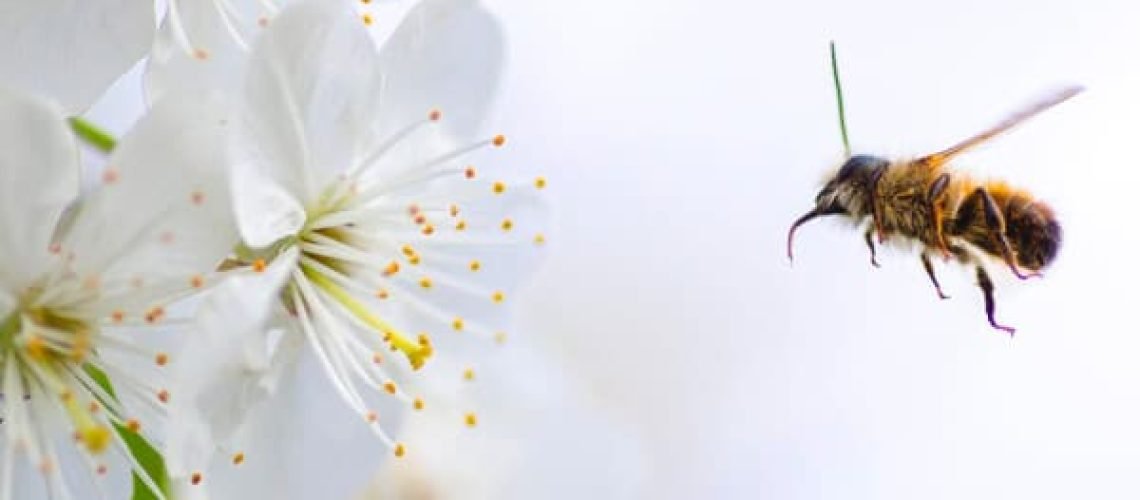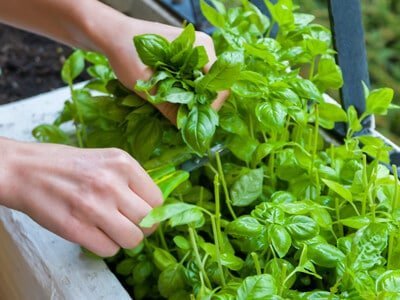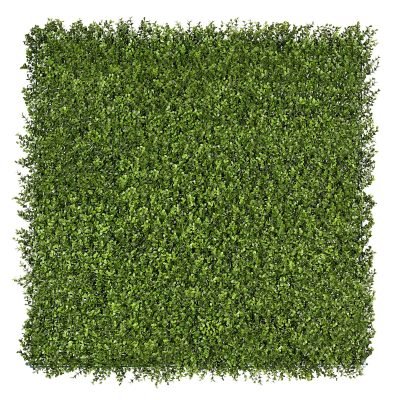
What Hedging Plants Do Not Attract Bees and Wasps
Wasps and bees love to live in our gardens, mainly when we cultivate flowers and other plants that actively attract them. It is a good thing to create an attractive environment for our flying friends as they play an essential part in our natural ecology.
The important thing is to create areas away from hedging plants and places that are often used by your family, to reduce the possibility of them being disturbed and stinging people nearby.
The importance of bees and wasps for the earth

There is a lot of available information about the plight of bees. Encouraging them in your garden is good for everyone, it’s how you do that which is significant. Live in harmony with bees to ensure that bees keep on:
- Pollinating local flora and increase the production
- Pollinating food plants to increase growth
- Produce honey – in your garden if you are a knowledgeable beekeeper
Wasps, in particular, are seen as a pest, something you don’t want to have in your garden. But they do more good than bad as long as they are in a position away from your house and recreation areas. Wasps are good for:
- Pollination
- Pest control that protects your plants
- Delivering yeast to grapes
Plants that attract bees and wasps
Bees
Bees love flowers, especially colourful varieties, here are some other plants that will help attract bees to your garden:
- Borage: Known as the bee bush, it’s a medicinal herb with bright blue flowers
- Rosemary: Also a herb, great for medicinal applications as well as cooking aromatic food
- Catnip: Cats love it but so do bees and other pollinators like butterflies
- Flowering Currant: The pink flowers attract butterflies and bees in springtime
- Crocuses: Purple and blue flowers that bees love to visit
- Pussy Willows: Flowers that have abundant pollen for bees
- Echinacea: Also known as coneflowers, they tend to bloom later than other varieties of flowers
- Sunflowers: Have high-quality pollen for bees. They also provide seeds for the local birds
- Lilacs: Bees love both the nectar and pollen they can get from lilac flowers
- Hyacinth: Have a variety of bright colours and also produce nectar as well as pollen
Wasps

- Sweet Fennel: is a herb that has small yellow flowers in summer that attract wasps, bees and butterflies
- Queen Anne’s Lace: a delicate flower named because when in bloom it resembles lace, it is also known by the name of wild carrot, and it has leaves that can irritate the skin
- Yarrow: has flowers that are pink, white or yellow. It’s a robust plant often used for medicinal purposes
- Spearmint: Wasps love eating the insects that are attracted to the spearmint plant and can reduce the effect of stings when applied to the bite
One of the things you may want to do is design your garden to maximise the benefit to bees while protecting your family from stings –, especially young ones. Plant flowers and vegetables away from the main traffic areas. Add a fence or a low artificial hedge to discourage people from trampling the area and being exposed to wasps and bees.
Plants that repel bees and wasps

- Marigolds repel wasps and other unwanted pests, are great companions for tomatoes and tasty in salads
- Eucalyptus leaves deter wasps, but the flowers attract honey bees – these are abundant in Australia
- Wormwood is an all-around insect repellant. However, it is also poisonous to pets and people so be cautious about where you use it
- Lemongrass will keep the wasps away while citronella, oil extracted from lemongrass, is effective against mosquitos. Dry some and keep it in your kitchen to add to your cooking or a fragrant cup of tea
- Cucumber peels placed around your garden or growing the plants themselves helps to keep bees and wasps away from an area. They don’t like the bitterness of the skin, and it’s a simple way to discourage them in certain areas
- Basil is celebrated in the kitchen. And while we enjoy the aroma, it is an effective deterrent for wasps and bees
- Geraniums, especially the red variety, have very little pollen, and Bees cannot see red
Best box hedge options
Any plant that flowers is likely to attract bees and wasps so for your hedging ensure that you choose plants that don’t flower and produce nectar.
This not only makes it challenging to walk near the area where the boxed hedge is but also makes it more difficult to maintain.
If you want to have hedges as boundaries in your garden, consider installing an artificial hedge. They look beautiful, take no time to grow and require very little maintenance. Instant hedging ensures that you have the best look for your garden twelve months of the year.
If you do have a problem at your home with bees, don’t try to kill them yourself or call an exterminator. Try calling a bee relocation service who will relocate the bees. They are essential to our ecology, so we need to look after them.
Share this post
FEATURED PRODUCTS
-
Slimline Flowering White Artificial Green Wall Disc UV Resistant 50cm (Black Frame)
$199.95$174.95 Inc GST ADD TO CART






